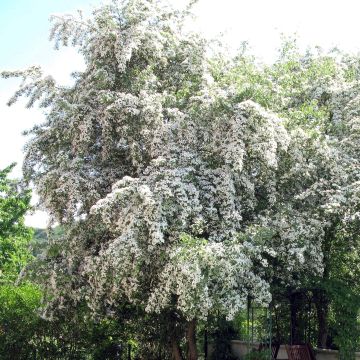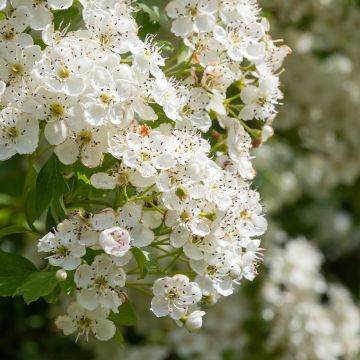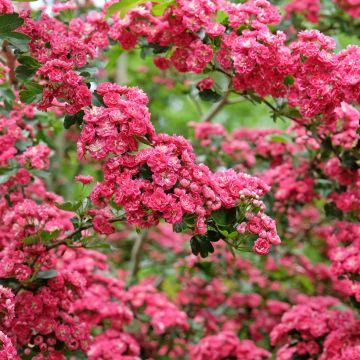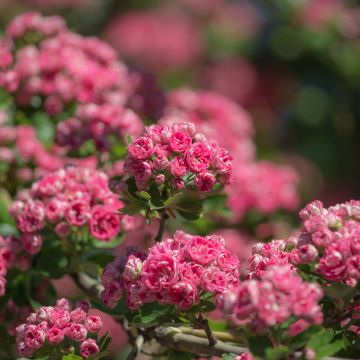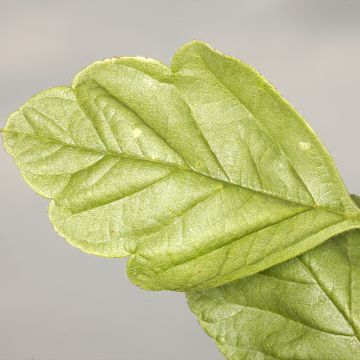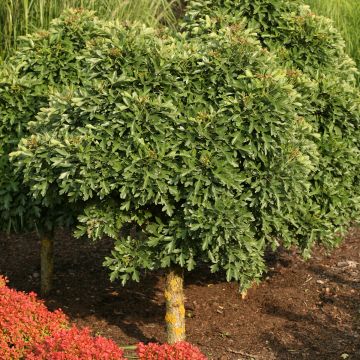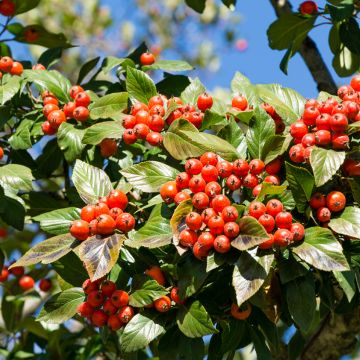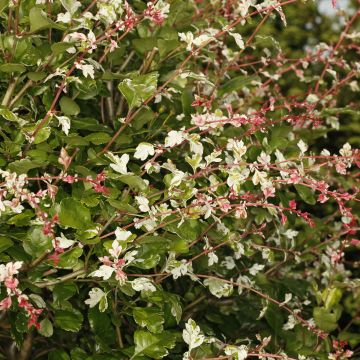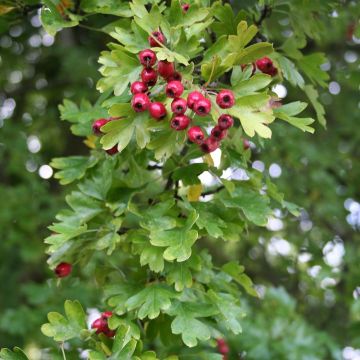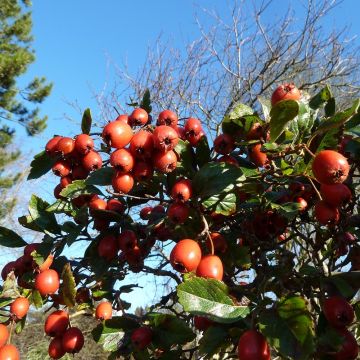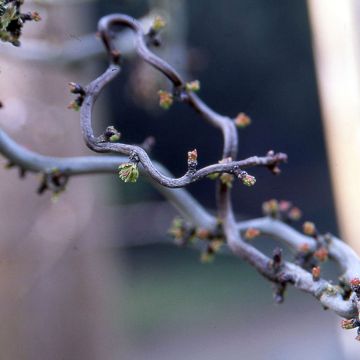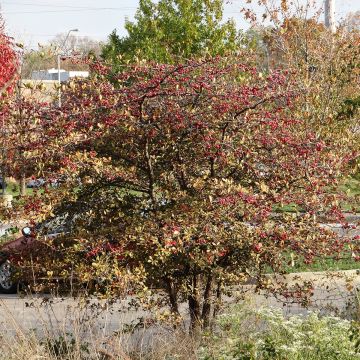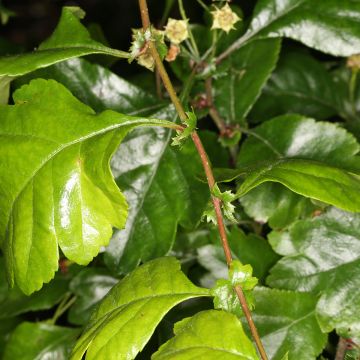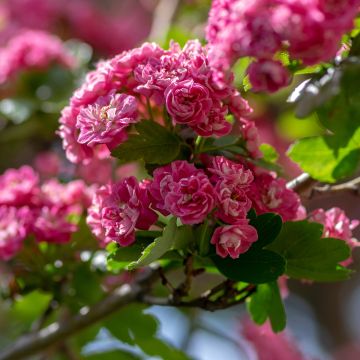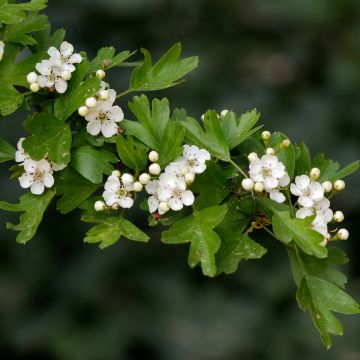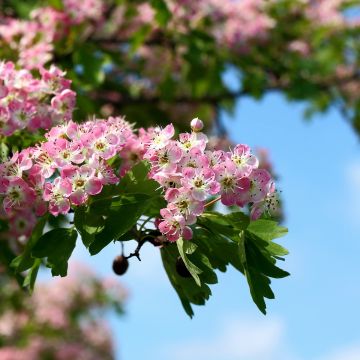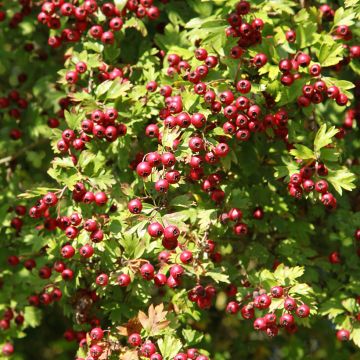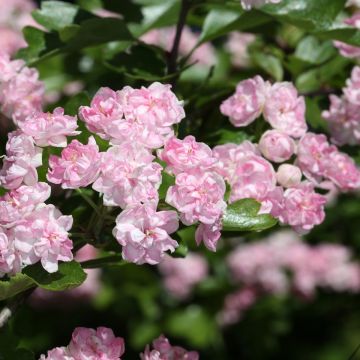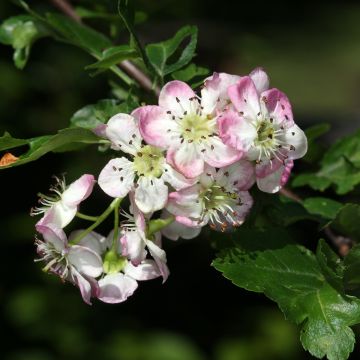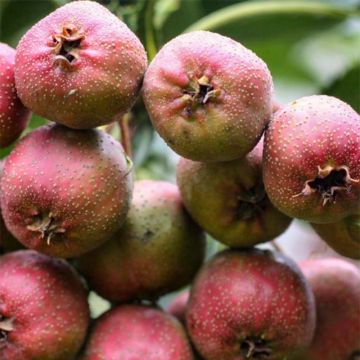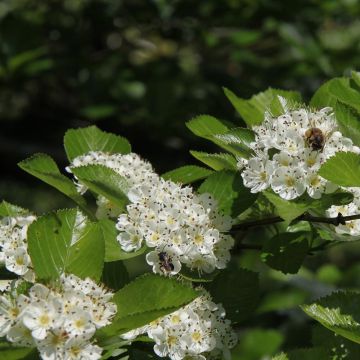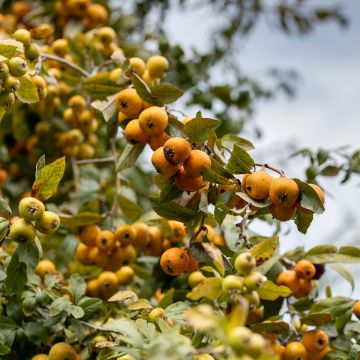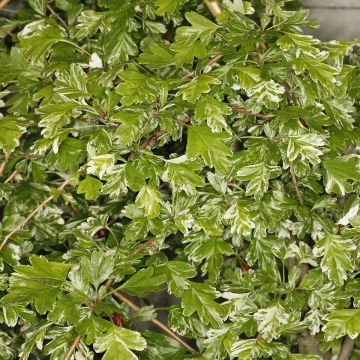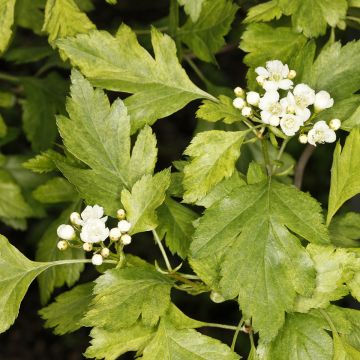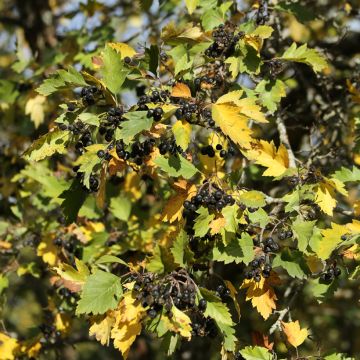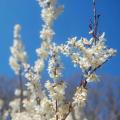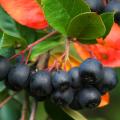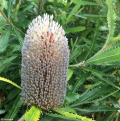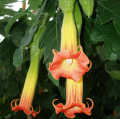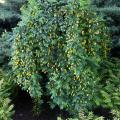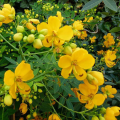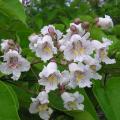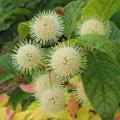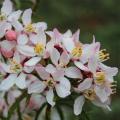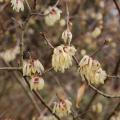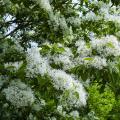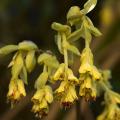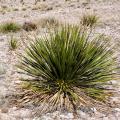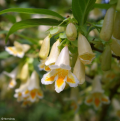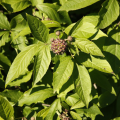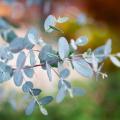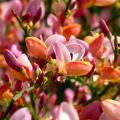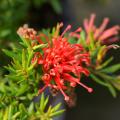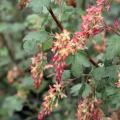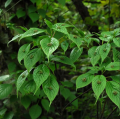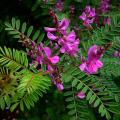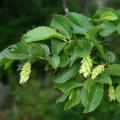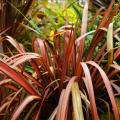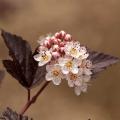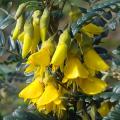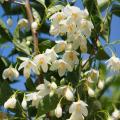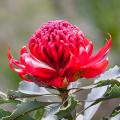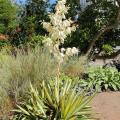Hawthorn Crataegus
Does this plant fit my garden? Set up your Plantfit profile →
Available in 3 sizes
Available in 1 sizes
Available in 3 sizes
Available in 2 sizes
Available in 1 sizes
Available in 1 sizes
Available in 1 sizes
Available in 1 sizes
Available in 1 sizes
Available in 1 sizes
Available in 1 sizes
Available in 1 sizes
Available in 1 sizes
Available in 1 sizes
Available in 1 sizes
Available in 1 sizes
Available in 1 sizes
Available in 1 sizes
Available in 1 sizes
Available in 1 sizes
Available in 1 sizes
Available in 1 sizes
Available in 1 sizes
Available in 1 sizes
Available in 1 sizes
Available in 1 sizes
Available in 1 sizes
The Hawthorn, Crataegus in Latin, is a small tree or large deciduous bush found in our countryside, similar to the native Crataegus monogyna, the white thorn so widespread in fallow land. While the most well-known for its medicinal properties is called Crataegus laevigata, this plant from the rose family is, in ornamental gardens, one of the easiest flowering bushes to succeed in almost all our regions. Its growth is slow, but the hawthorn has the immense advantage of being able to grow anywhere and it can live up to 500 years. We love its white, pink, or red flowers, single or double, a magnificent blood red in Crataegus 'Paul's Scarlet', as beautiful as the flowers of apple or cherry trees. They bloom in late spring, then give way to fruits similar to tiny apples, both in appearance and taste. Finally, the foliage of the hawthorn is often beautifully coloured in autumn. The few 200 species in the genus are generally thorny, and therefore ideal in a rural or defensive hedge. Extremely hardy, comfortable in all our soils and under all our climates, full of advantages, it is urgent to rediscover the tough hawthorn, a truly endearing bush!
Haven't found what you were looking for?







































